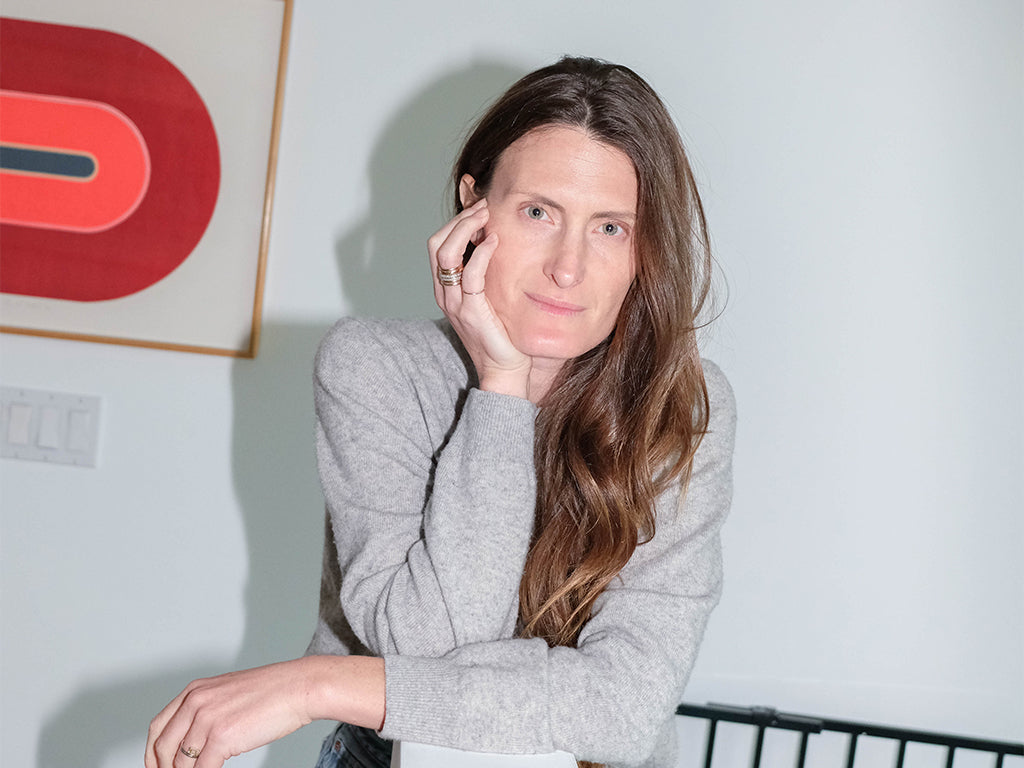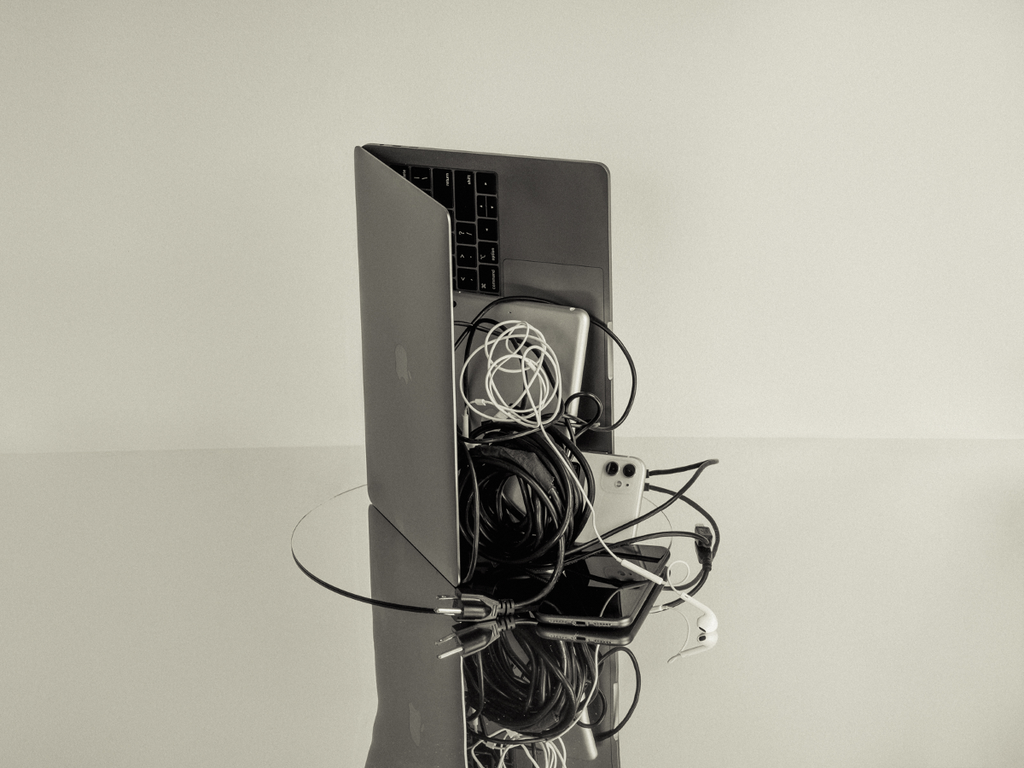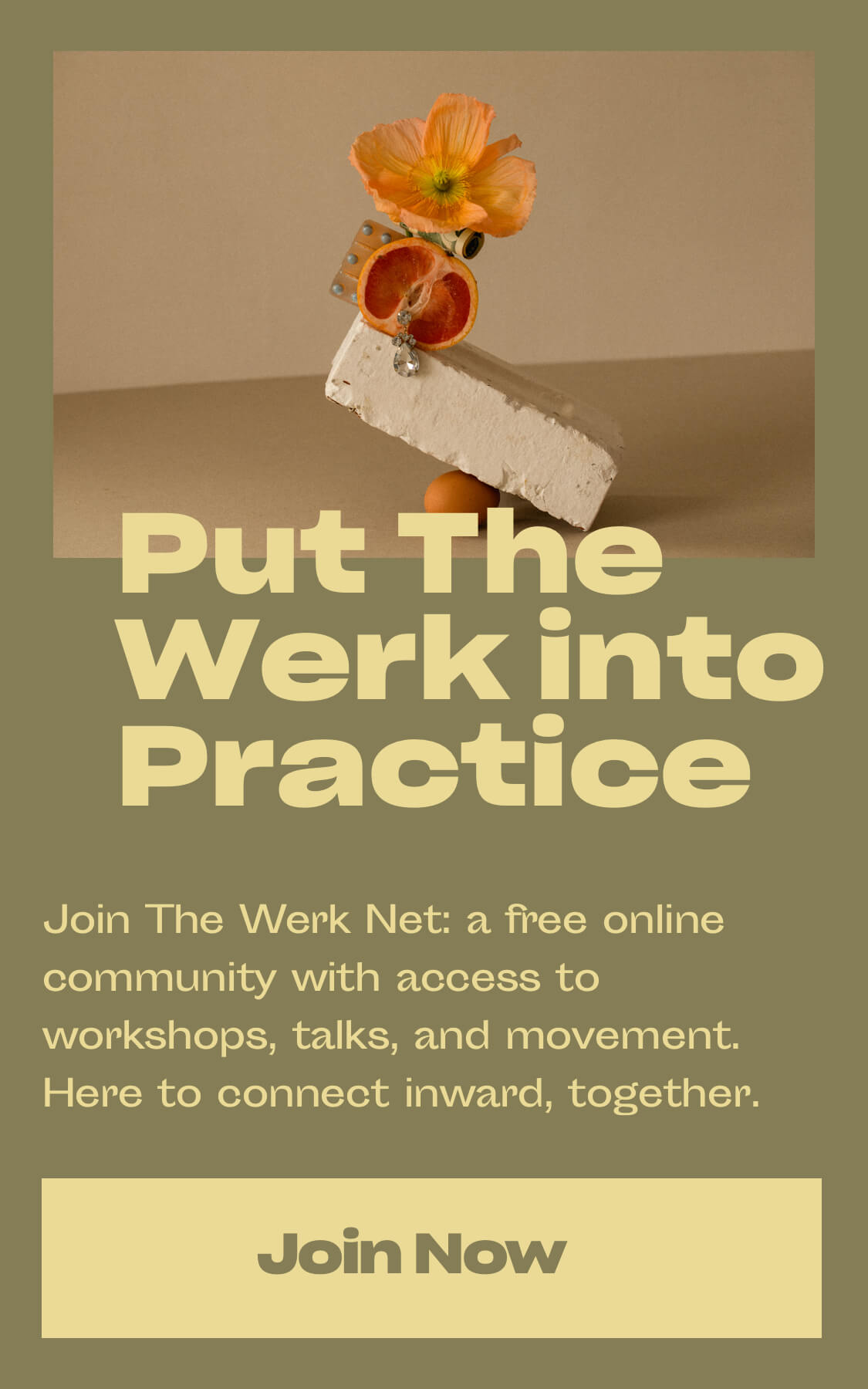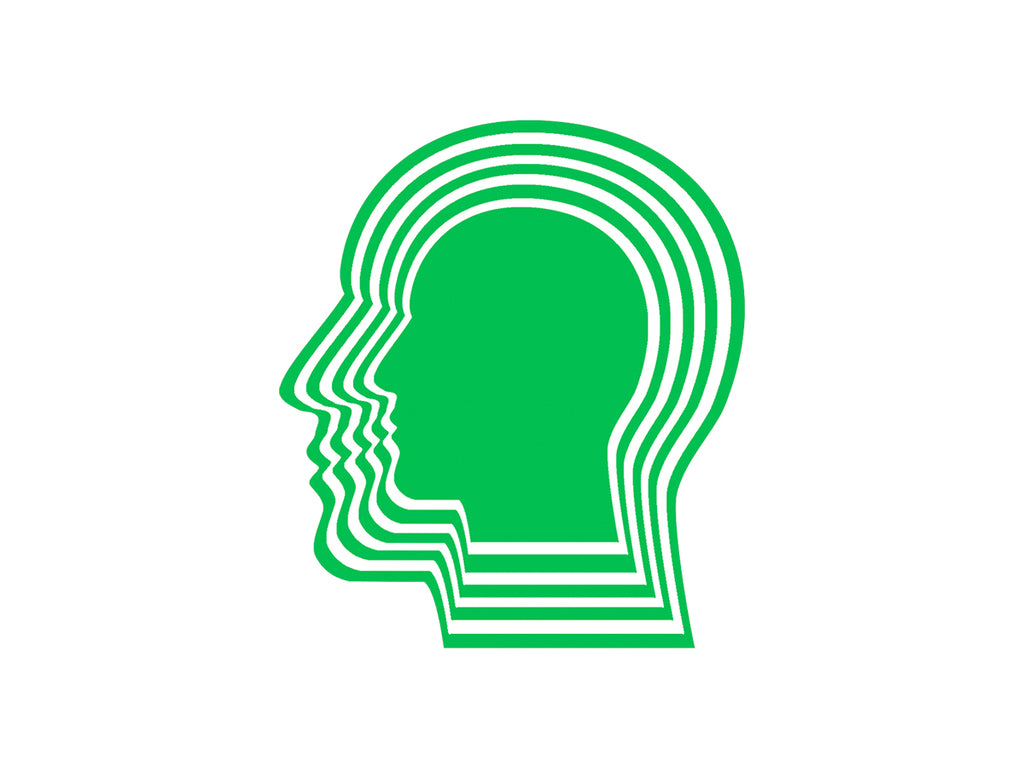There’s a new trend taking over Silicon Valley and being heralded as the next big thing in boosting productivity. It’s called “dopamine fasting,” and it’s supporters say it’s the fastest way to get your brain back on track after too much stimulation and too many distractions.
The idea behind dopamine fasting is essentially that our modern world has so much going on that our brains just can’t handle it. All of the Instagram posts, viral videos, texts, targeted ads, addictive podcasts and streaming television shows have created a system where we are constantly getting quick hits of dopamine -- the neurotransmitter that helps us feel joy and reward. But that may be a bad thing.
What advocates of dopamine fasting believe is that we need to intentionally take breaks from all that stimulation.
Think of it like Sober October, but for your whole brain.
The goal is that after doing these fasts, you no longer need the constant stimulation swirling around you in order to feel motivated and productive. Not only that, you’re able to experience better rushes of enjoyment and don’t have to chase higher intensity experiences in order to have a mental reaction.
When people go on these so-called dopamine fasts, they decide on a chunk of time to avoid all the kinds of stimulation that we deal with on a daily basis. That means no looking at social media, no online movies, games, podcasts or other media. It also involves cutting out things like sugary snacks or other little treats that give us boosts of enjoyment followed by a quick crash.
Some people go even further, trying to do absolutely as little as possible. The hardcore dopamine fasters try to even cut out exercise, socializing and anything else that could get your heart rate up. These fasts can be as brief as a single hour, or, for the really intense dopamine fasters, last as long as a week.
Even though dopamine fasting is a recent trend, it’s already gaining a following and notice outside of the elite tech circles where it started. There are now multiple guides online about how to do your own dopamine fasts and neuroscientists weighing-in on exactly what it does to your brain. (They say it actually has less to do with the chemical dopamine itself, and more to do with cutting out stimulation and building self-control.)
The idea of taking away the things that give you short-term pleasure in order to be more present and experience long-term happiness and productivity has a long history and isn’t so different from some meditation practices. Fasting is part of many cultures and religions as a way to take time to reconnect and center oneself. There are also elements of impulse control techniques from cognitive behavioral therapy, a common type of psychotherapy aimed at developing personal coping strategies and ways of handling your emotions.
The jury is still out on whether dopamine fasting will cross over to the mainstream or is just a timely trend, but it’s certainly getting noticed. Mainstream media outlets like The New York Times have begun writing about it, and YouTube videos explaining how to go on dopamine fasts are racking up millions of views. As people continue to seek out ways to reduce burnout and step away from the hectic attention economy, it makes sense that there’s a movement to see what it’s like to take a break from it all.
This post is tagged as:
You may also like...
The Latest
People & Places
How Ara Katz is Redefining “Self-Care” as Rooted in Science with Seed
The co-founder, mother, and self-proclaimed serial entrepreneur unpacks her philosophy on what it means to be well. Ara Katz hates the word “success”. Not because of its listed definition in a di...

Do Good Werk
9 Passive-Aggressive Email Phrases That Are Basically Evil
A Rosetta Stone for every time you want to :’).

Woo Woo
Get to Know Your Astrological Birth Chart
How to find meaning in the stars — and what it means for you.

People & Places
The 5 Best Places In New York To Meet Your Next Investor
Where to rub shoulders with the city's movers and shakers.

Do Good Werk
10 Unhealthy Thoughts You Convince Yourself Are True as a Freelancer
If you work alone, you might be particularly susceptible to distorted thoughts that hurt your mental health.

People & Places
Creating a Conference-Meets-Summer-Camp for Adult Creatives
An interview with Likeminds founders Rachael Yaeger and Zach Pollakoff This past September, I sat in front of an obituary I wrote for myself after a session with a death doula. No, I didn’t know w...

People & Places
When Something Golde Stays: An Interview with Golde’s Co-CEOs
“For us it was never a question,” says Issey Kobori, speaking of the decision to build a business with his partner Trinity Mouzon Wofford. At just shy of 27, Kobori and Wofford have secured a host ...

Better Yourself
Are They Toxic? Or Are They Human?
There’s a difference between putting up boundaries and putting up walls, and the latter is what breaks relationships.

Do Good Werk
How To Combat Seasonal Affective Disorder At Work
Here’s what to do if seasonal affective disorder starts to take a toll at the office.

People & Places
Reclaiming Womxn's Wellness Spaces from a White-Dominated World
How The Villij built a collective that their community can connect to.









